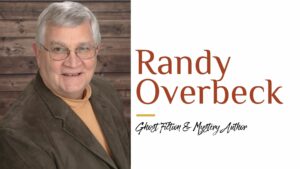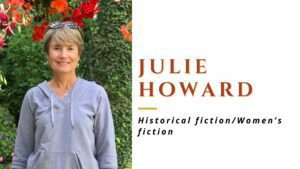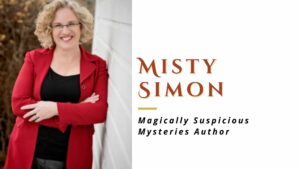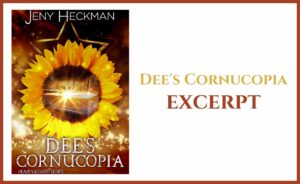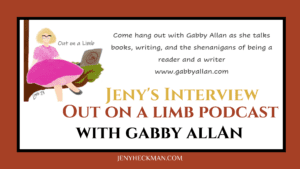So, You Wanna Be A Writer!
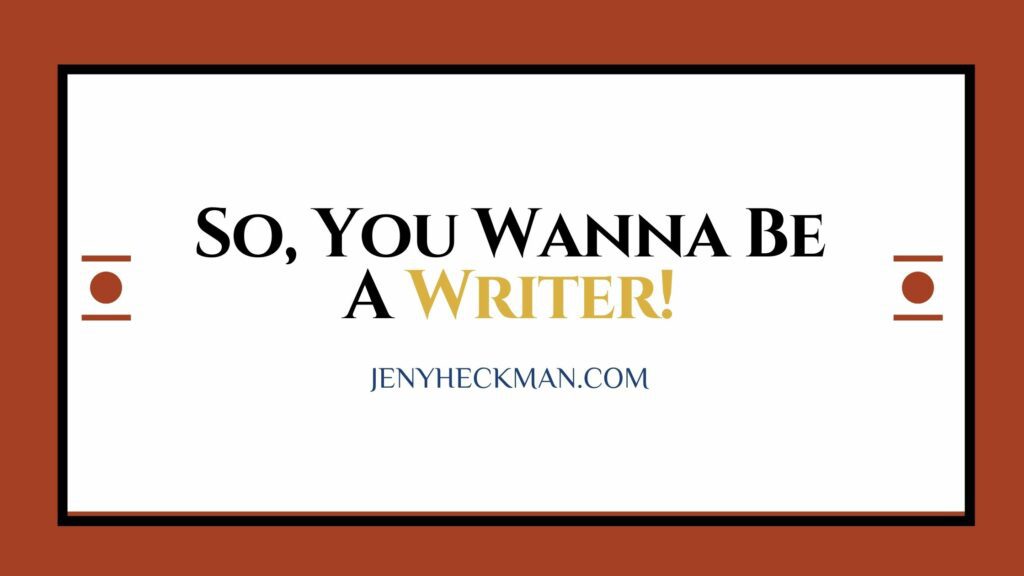
So, it's weird how many times I've been told in the last month, that someone admires my ability to get a story out and they wished they could do it too.
“You can,” I say.
“Are you kidding,” they reply. “I wouldn’t even know where to start!”
My response to that is to just do it… just start. Every writer has their own way of writing a novel. There are a million different ways. Some people are plotters, where they outline and plan everything out. Other people are called pantsers, where they literally fly by the seat of their pants, as things come into their minds. Many more people are called plotters, where they do a little of both. If you have always wanted to tell a story but don’t know how, stay tuned, because I want to share with you the way I go about it and hope it inspires you to go for it.
I’m at the beginning of the process right now. I’m in the editing stages of Warrior’s Progeny and looking to start another project. Truth be told, I’m going back to work on a project that’s been years in the making, but after that, I will do what I’m going to attempt to explain to you right now.
First, decide on your genre and look up the “rules” and suggested ARC’s for that genre. In my first novel, I said screw it. I was tired of reading cookie-cutter romance and wanted to do something different. Something outside the box. I also was writing it for an audience, so realized quickly, some rules are better to follow and for others you can blur more.
I’m a plotter by nature, so I begin with an outline for a 90k-100k novel. It’s a typical romance arc sequence I found on the internet, a few years ago and good for the bare bones of a new project.
A phenomenal resource for new and old writers is: Jane Friedman
Beginning:
This is the 1st quarter of the book or 25k words
1) Start with the status quo. We first meet the characters in their normal world. It’s an introduction to who they are. Then the characters meet.
2) Something happens and the status quo is obliterated
3) The characters decide to act.
Middle:
This is 1/2 of the book or 50k words
4) The first mini-plot or goal. A small thing the character must achieve to succeed in their big overall goal. It all goes wrong and usually leaves them in a worse position!
5) More mini-plots. So you can have as many as you want as long as it progresses the story and pushes the experiences forward in small victories and setbacks. Overall, the tension should rise
6) Rock Bottom. The middle of the manuscript ends in a moment of disaster when everything seems like it’s lost.
End:
This is the last ¼ of the book or 25k words
7) Reaction. The character should react emotionally to the big blow they have just received and the apparent death of their dream
8) Rebirth. The characters experience a sort of epiphany or a realization of where they have been going wrong and what they must now do to put everything right again.
9) Seizing the prize. Emboldened by their epiphany, the characters go on to fight the final battle or challenge… and win. Or in a twist on this, they can decide that they no longer want what they thought they did.
10) The new status quo. The conflict is over and all is well. The characters have hopefully learned something about themselves and others.
The above can be as detailed as you want. Next, the fun part, I go find the characters. I like to have pictures of the people I’m writing about, in small thumbnails on my computer screen. Actors work great because you can usually get close up’s and whole-body shots, in many emotions and poses. For instance, these are my characters from the upcoming book, The Warrior’s Progeny.
Now some people would say, after reading the book, that she is way too young for the heroine, and that guy is Sam Heughan. He is and will forevermore be Jamie from Outlander. However, it’s the general look that I’m after, and having them on my screen allows me to see them talk and move in my head. A small footnote: Jennifer Aniston is the look I wanted for Raven, in the Sea Archer, and I barely think of her as Jennifer Aniston anymore. Next, I tend to like to write scenes, rather than write chronologically, but either way works. So, I pick up big scenes first and then fill in the rest. That first draft is literally whatever I want to write. Even if it’s long, detailed, and full of errors, you will be the only one that reads the first draft. As far as I’m concerned, the more ideas you have on the page, the better. I’ve used discarded scenes from one project and used them in a different one because I really like the scene, or it works better in a completely different spot. After I write the scenes, I put them in an order that makes sense (revision), before beginning to edit. Now, as I’m sure my very lovely editor will tell you, I’m not good at it (I’m horrible at grammar, and some of those “rules” are hard to remember or understand). In fact, I’m constantly learning this part of the craft. When I think it’s as good as I can make it, and I have a couple of people I trust read it over, I send it to my editor, and she helps me improve it further. *This is something you can also pay to do, but do it. A good editor is the key to having your book read well and look professional. Editing can take a while to do, (and you may think it’s “good enough,” but again, it’s well worth it. You also want to set realistic writing goals for yourself. Maybe it’s 100 words a day, maybe it’s 2k. The idea is to be consistent and write SOME every day. Finally, the absolute hardest part for me about writing a book is releasing it into the ether. When you get to this stage, try to let go and do it. Yes, your baby is out there for everyone to judge, but it’s also an amazing accomplishment. I know talented authors, that are too afraid to go for it and their novels stay in the deep recesses of their computers or in a desk drawer. Even if you release for only family and friends to read, you will be proud and happy that you did. The world needs more imagination and story-telling. The very beautiful Betty J. Eadie once told me, that everyone has a novel inside them, but not everyone knows their own story. Write your story!
Let me know your thoughts or questions below and happy dream weaving!
Cheers!
Share this
Leave a Reply
About Jeny
Jeny Heckman is the award-winning Paranormal and Fantasy Romance author of the Heaven & Earth series. Since her series debut in 2018, Jeny has captured the imagination and inspired the journey of readers worldwide.
CONNECT WITH JENY
Books by Jeny
Podcast
Events
Recent Posts
Jeny's Facebook
Join A Brand New World!
Get the exclusive details on book launches, excerpts, giveaways, and all the exclusive behind-the-scenes in the Heaven & Earth series.
Thank you!
You have successfully joined our subscriber list.

